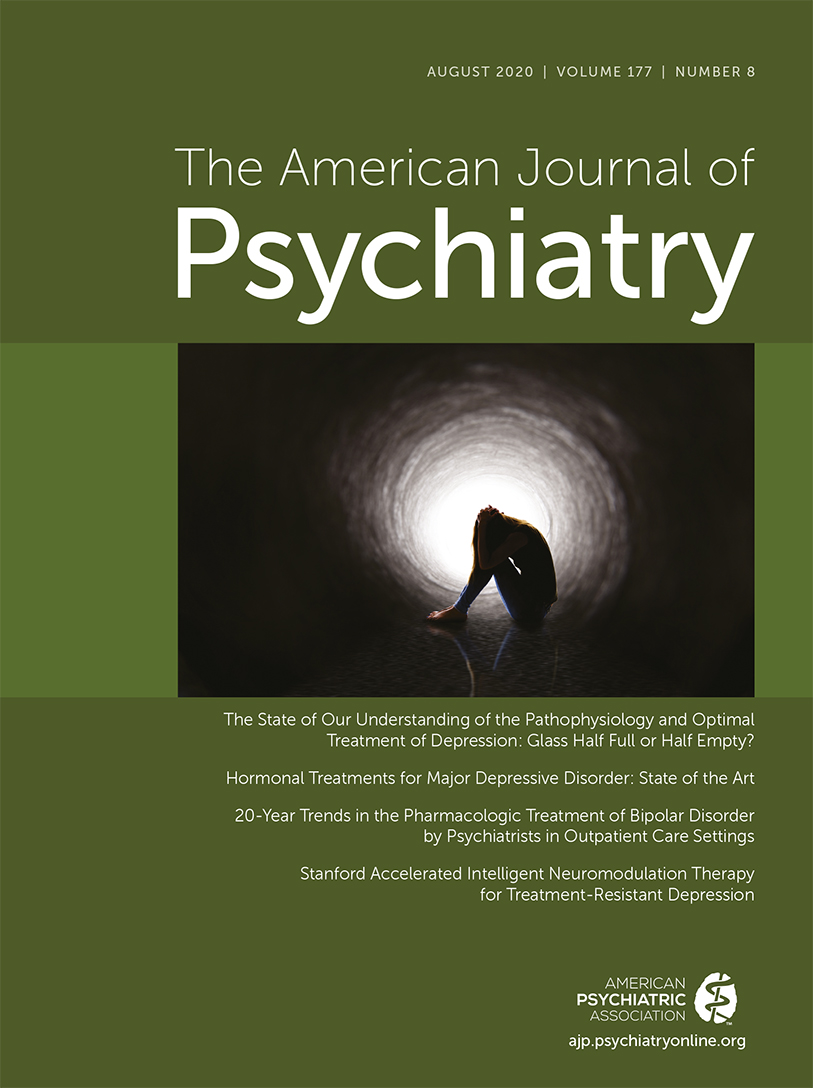Correction to Bränström and Pachankis
After the article “Reduction in Mental Health Treatment Utilization Among Transgender Individuals After Gender-Affirming Surgeries: A Total Population Study” by Richard Bränström, Ph.D., and John E. Pachankis, Ph.D. (doi: 10.1176/appi.ajp.2019.19010080), was published online on October 4, 2019, some letters containing questions on the statistical methodology employed in the study led the Journal to seek statistical consultations. The results of these consultations were presented to the study authors, who concurred with many of the points raised. Upon request, the authors reanalyzed the data to compare outcomes between individuals diagnosed with gender incongruence who had received gender-affirming surgical treatments and those diagnosed with gender incongruence who had not. While this comparison was performed retrospectively and was not part of the original research question given that several other factors may differ between the groups, the results demonstrated no advantage of surgery in relation to subsequent mood or anxiety disorder-related health care visits or prescriptions or hospitalizations following suicide attempts in that comparison. Given that the study used neither a prospective cohort design nor a randomized controlled trial design, the conclusion that “the longitudinal association between gender-affirming surgery and lower use of mental health treatment lends support to the decision to provide gender-affirming surgeries to transgender individuals who seek them” is too strong. Finally, although the percentage of individuals with a gender incongruence diagnosis who had received gender-affirming surgical treatments during the follow-up period is correctly reported in Table 3 (37.9%), the text incorrectly refers to this percentage as 48%. The article was reposted on August 1, 2020, correcting this percentage and including an addendum referencing the postpublication discussion captured in the Letters to the Editor section of the August 2020 issue of the Journal (1).
1 : Reassessing mental health treatment utilization reduction in transgender individuals after gender-affirming surgeries: a comment by the editor on the process (letter). Am J Psychiatry 2020; 177:765Google Scholar



